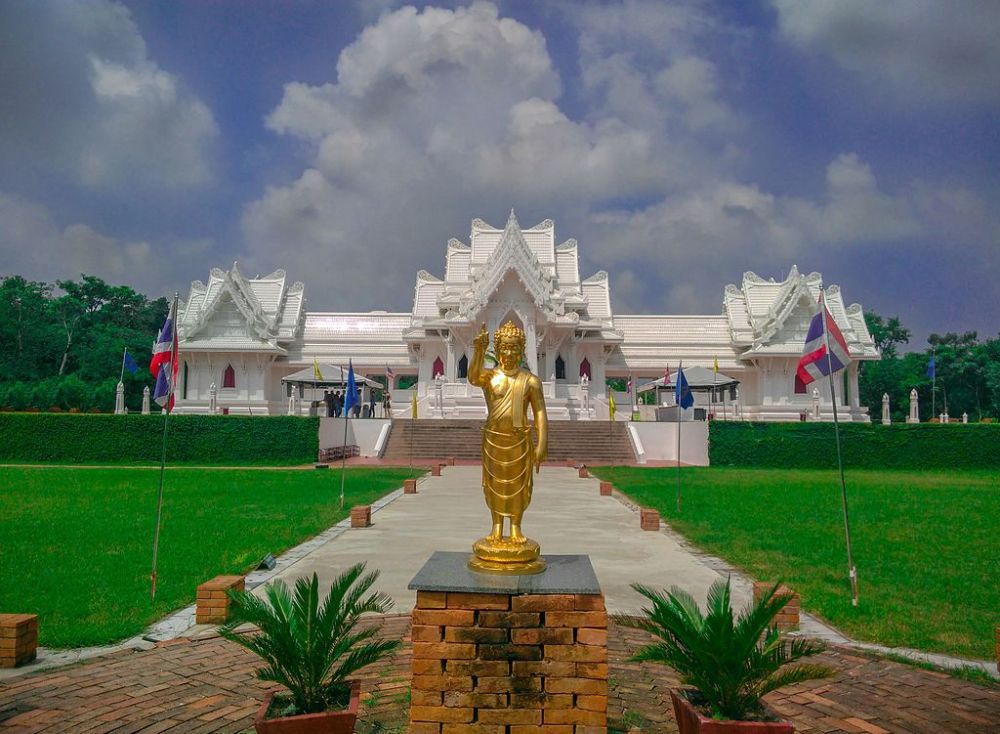

Lumbini, located in the Rupandehi district of Nepal, is renowned worldwide as the birthplace of Lord Buddha, Siddhartha Gautama. This historical site has been a focal point for Buddhist pilgrims and tourists interested in spirituality, history, and culture for many years.
The history of Lumbini as a tourist destination can be traced back to the discovery of the Ashoka Pillar by archaeologist General Khadga Samsher Rana and Alois Anton Führer in 1896. The pillar, which was erected by Emperor Ashoka in 249 BC, marked the site as the birthplace of the Buddha and thus cemented Lumbini's significance as a pilgrimage site.
In 1978, Lumbini was designated as a UNESCO World Heritage Site, which significantly increased its prominence and appeal as a tourist destination. The acknowledgment by UNESCO helped to attract global attention and ensued international efforts aimed at the preservation and improvement of Lumbini.
The appeal of Lumbini lies not just in its historical significance, but also in the peaceful atmosphere conducive to meditation and reflection, making it an ideal destination for those on a spiritual quest. Over the years, various international Buddhist organizations have constructed monasteries and meditation centers here, each reflective of their particular traditions and architectural styles from different countries.
In recent years, the Nepalese government and international partners have focused on developing Lumbini as a center for Buddhism and peace. The Lumbini Development Trust has been at the forefront, managing the preservation of ancient monuments, overseeing the development of new structures, and improving the infrastructure to better cater to tourists. This has included better road access to Lumbini, improved airport facilities, and the construction of higher-quality accommodation options.
Latest tourism trends in Lumbini highlight a shift towards sustainable and eco-friendly practices. Eco-friendly hotels and lodges have begun to spring up, along with an emphasis on conservation projects that seek to preserve the natural beauty and cultural heritage of the region. There is a growing consciousness among both visitors and service providers towards minimizing the environmental impact of tourism.
Improved accessibility has come in the form of enhanced road networks and the upgrading of Gautam Buddha Airport to an international airport. This is expected to facilitate an increase in international tourist arrivals, further boosting Lumbini's status as a global hub for Buddhists and like-minded travelers.
As tourism trends evolve, Lumbini continues to adapt, balancing its growth as a modern destination while preserving the deep spiritual and historical significance that has drawn visitors for centuries. Whether for religious pilgrimage, cultural exploration, or personal enlightenment, Lumbini's allure continues to shine brightly on the world's tourism landscape.